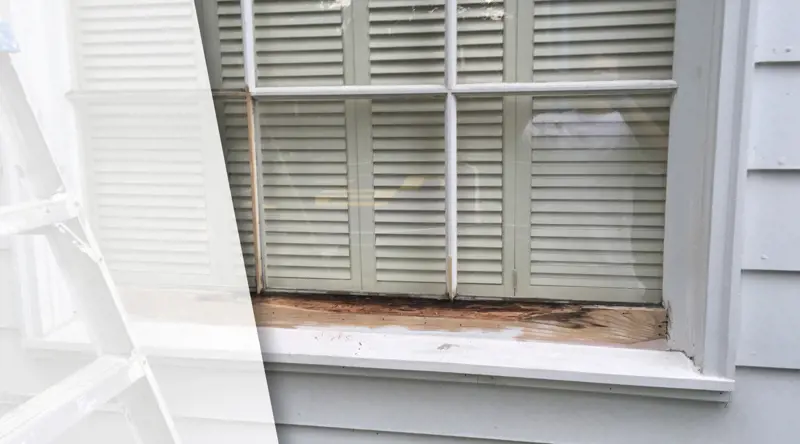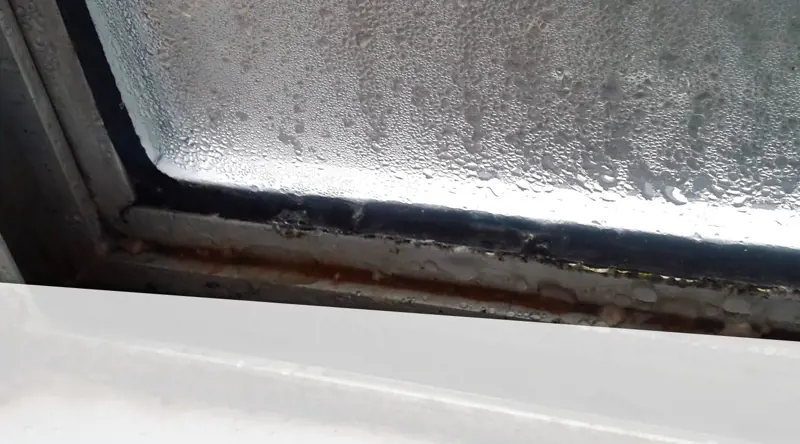
Signs Your Window Frames Are Rotting
As an exterior element in your home, windows are often exposed to challenging weather conditions. Over time, they begin to wear out and might stop performing as they should. One of the common causes for this degradation is wood rot.
Use the links below to skip ahead in this post:
What is Wood Rot?
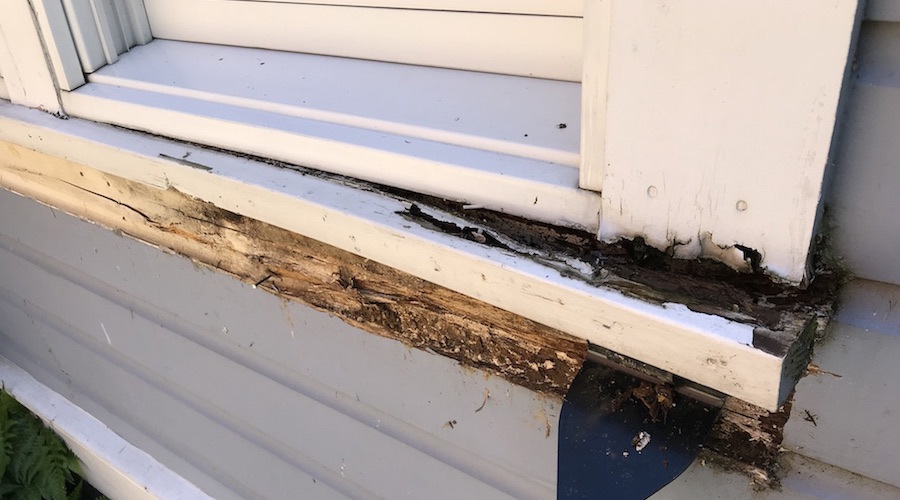
Wood rot is a form of fungal decay. It is triggered when there is enough consistent moisture that gathers in one area to give fungal spores a home to grow and thrive. If the wood is not frequently wet, the fungus won't be able to continue living. There are three common types of wood rot in a home, including:
- Soft rot
- Brown rot
- White rot
Each kind of rot will appear in a different color and can affect the wood in distinctive ways. The wood will often end up shrinking as the rot breaks down cellulose until it is left looking like a honeycomb and breaks easily into small bits.
5 Signs of Wood Rot in Your Windows
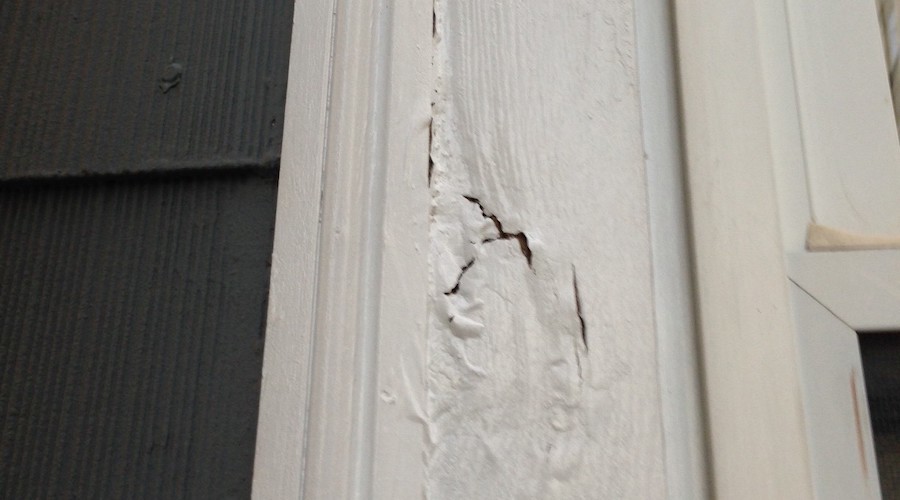
You don't have to tear your window apart to effectively check for signs of wood rot around your frames, sashes, and other parts of the window. Instead, inspect your windows for any signs of wood rot. Identifying signs of rot before problems get out of hand can help you avoid costly repairs. Of course, if you need help contact a pro— a reputable handyman can be a good first contact.
1. Drafty Windows
Energy-efficiency is one of the most problematic issues with windows that have started to rot. If you walk past or feel a draft while standing near the window when you didn't before, it might be worth checking for wood rot. A new draft around windows often signifies a gap in the frame or sash that the air is getting through.
2. Rattling Sashes
Early stages of wood rot attacking the cellulose in the windows cause shrinkages. One problem caused by shrinking windows is sashes that begin to rattle in their frames whenever a breeze hits them just right.
3. Soft Wood
Once the problem with rot has advanced, you will not only be able to hear its evidence but when you touch the window, you will feel it. Wood damaged by rot will be soft to the touch, almost like foam. You can test its resistance with a hard tool like a screwdriver or knife. If it slides in without resistance, you have an advanced case of wood rot. At this point, you'll need the window repaired or replaced. In either case, the wall where the damaged window exists needs to be inspected for rot as well.
4. Bubbly Paint
Moisture in the wood causes swelling and warping that can also result in paint damage like wavy or bubbled paint. You may need to remove some of the paint to inspect the wood, sometimes thick layers of paint can bubble. If the wood does not look damaged, it would be a good idea to remove the paint and refinish the window for a clean seal.
5. Difficult Operation
Changes in the way a window operates can also hint at rot. Swelling and warping caused by changes in temperature, moisture, and wood rot effectively change the shape of the window. Windows that aren't square as intended become difficult to open or close.
Where to Look for Wood Rot on Windows
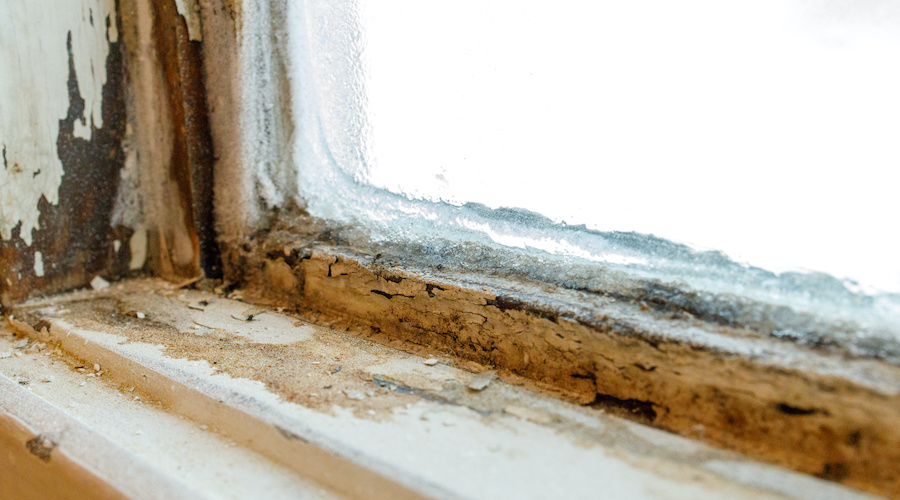
When you check a window for wood rot, examine, feel, and listen for the signs mentioned above. Inspect the areas listed below:
- Trim or brick molding
- Window sill
- Window frame
- Window sash
Sometimes, parts of the window listed above are made from other materials, and you won't have to worry as much about wood rot spreading to these. If you live in an area where wood rot is common, it might be worth considering windows made of Fibrex or high-performance vinyl. Remember, wood rot exists where there is excess moisture if you're dealing with moisture problems you'll want to consult with an expert.
Oops!
We don't currently serve your area but do want to help you plan your project. Try our Build & Price tool to get an idea of window & door costs within DFW. Your area may be higher or lower but at least you'll have some idea of the price.
Thanks for stopping by.




